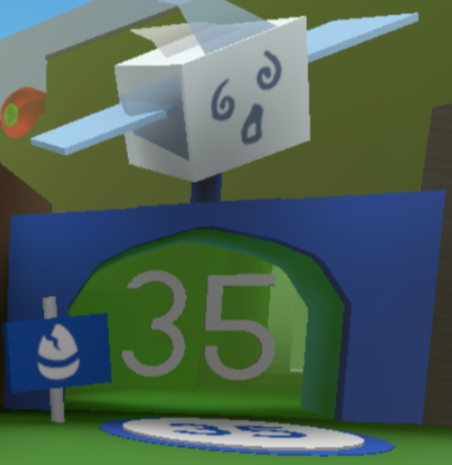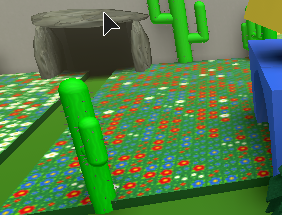

Joro: bodies up to an inch, leg span 3-4 inches.Note: these are the measurements of the adult females the males are significantly smaller in all three species. The smallest is the yellow garden spider with the Joro next and the largest of the three is the banana spider. How big are yellow garden, Joro, and banana spiders?Īll three of these spiders are considered big, some say giant even. Banana spiders: southeastern United States, Africa, Asia and Australia.Yellow garden spiders: throughout the United States (except Alaska), Southern Canada, Mexico and Central America.Joro spiders: Georgia, South Carolina (native to Japan and East Asia).The study found that Joro spiders are able to withstand colder temperatures better than the Yellow Garden spider so they might be fine in cooler climates. This spring it is likely that they have made their way into North Carolina and maybe even further north. However, new research out of the University of Georgia suggests that Joro spiders may be moving north along the coast. So unless you are in Georgia or South Carolina you can rule out the Joro. The Joro spider is not native to the United States and has just recently (2014) been introduced to the States.

DianaLynne Banana spiders are also called Golden Orb Weavers because their webs are made of gold-colored silk. Yellow Garden Spiders (or Writing spiders) spin a zig-zag design in their webs. Joro spiders are a new spider to the United States.


#Bee simulator yellow garden spider location professional#
Due to the high visibility of their webs and the fact that they don’t usually spin webs in pathways, like woodland spiders do, the likelihood of getting bitten by a garden spider remains very slim.įor all of your pest concerns, consult a professional pest control company, such as Truly Nolen. However, garden spiders will bite if they are disturbed in their webs or if these large, yellow and black striped spiders feel threatened. Typically, garden spiders are not aggressive and aren’t known to bite humans. Garden spider bites are said to be less painful than a wasp or bee sting. However, if by some unlikely chance, a garden spider does manage to bite you, symptoms generally include mild swelling with possible redness and discomfort around the bite site that can last a few days. Although garden spiders do possess venom that enables these large spiders to immobilize their prey, their venom isn’t strong enough to pose serious health threats to humans or pets, except in individuals with distressed immune systems. Garden spiders are not poisonous, although the correct terminology would be venomous, which they also are not.


 0 kommentar(er)
0 kommentar(er)
